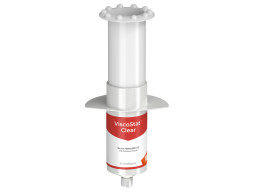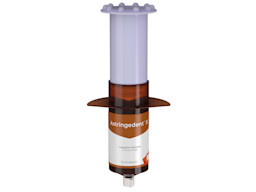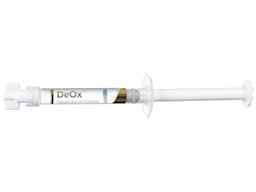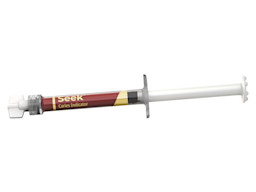Free Standard Shipping on All Orders $285+
Safety Data Sheets (SDS)
Product Allergens
See any common allergens this product may contain >>Price breaks are offered on most items...
This amount is an estimate based on retail price. The actual amount due (shown at the final stages of your order) may be different from what is displayed here.
Return Policy
Items returned within 30 days of purchase with a return authorization number on the outside and inside of the return box will be credited 100%. Product returned between 31 and 60 days from purchase date is subject to a 20% restocking fee. Ultradent will not accept returns after 60 days. Errors in shipment must be reported within 14 days of invoice date. All return authorization numbers become invalid 90 days after date of issue. A return authorization number must accompany all returns to receive proper credit. Please contact Customer Service at 800.552.5512 for assistance.
Limited Warranty
Consepsis Scrub antibacterial slurry is a lightly flavored, 2.0% chlorhexidine gluconate (relative to liquid component) antibacterial scrub. Consepsis Scrub slurry uses inert, finely ground glass as an abrasive scrub instead of powdered pumice, which may contain several impurities from volcanic ash. (Never use prophy paste for prep cleaning, as it contains several potentially contaminating ingredients.)
Use Consepsis Scrub slurry for removing residual temporary cement prior to permanent cementation and for removing debris. Scouring with a quality antibacterial prior to restoring minimizes the potential for post-op sensitivity associated with an influx of microorganisms into dentinal tubules.
- Minimizes post-op sensitivity1
- Does not compromise bond strength2, 3
- Nonsplatter formula
- Use to clean prior to cementation or around ortho brackets
- Use with STARbrush™ coronal brush prior to sealant placement
- Use with White Mac™ Tip
- Certified gluten free
















Customers Also Bought
- 1. Al-Omari WM, Al-Omari QD, Omar R. Effect of cavity disinfection on postoperative sensitivity associated with amalgam restorations. Oper Dent. 2006 ;31(2):165–70. doi: 10.2341/05-8. PMID:16827017
- 2. Carrilho MR, Geraldeli S, Tay F, et al. In vivo preservation of the hybrid layer by chlorhexidine. J Dent Res. 2007;86(6):529–533.






